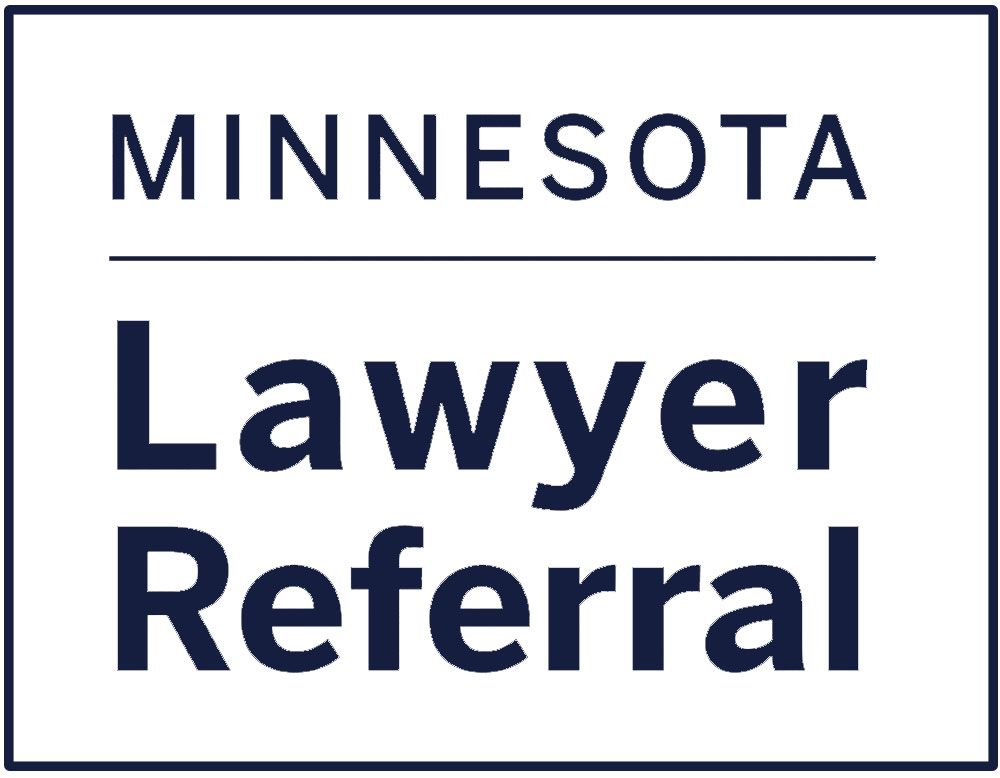Thinking about the end of your life may seem overwhelming and frightening, but it may actually provide significant peace of mind, especially if you have dependents or family members who rely on you.
Preparing a comprehensive estate plan can help ensure your wishes are followed when you pass away or become incapacitated. A well-designed estate plan that leverages the right kinds of trusts can also help your family avoid probate and may even prevent some types of taxes from being incurred.
End-of-life planning is incredibly important, but it’s not easy. If you have yet to begin, just remember the to-do list is extensive. Establishing an airtight estate plan requires a detail-oriented approach.
While some people prefer to work through the list on their own and only recruit legal help when it is necessary, an experienced estate planning lawyer can help make the process less daunting and time-consuming. They can also help ensure you don’t make avoidable mistakes, miss important aspects of a comprehensive estate plan and are using the best planning tools for your situation.
A last will and testament may not be enough to protect your legacy or prepare your family for the emotional, financial and logistical toll of your passing. An estate plan can be a gift to your loved ones and make your death less emotionally and psychologically trying. Clear, thorough estate plans can also significantly decrease the likelihood of familial infighting and disputes regarding inheritance.
What Is End-of-Life Planning?
End-of-life planning is the formal part of your estate plan that legally presents what you would like to happen when you are gone. While making arrangements for things like the disbursement of your property and financial accounts is an important aspect of end-of-life planning, it’s not the only thing to consider.
You may also want to leave specific instructions regarding organ donation or specific who makes financial or medical decisions if you are ever incapacitated (power of attorney). You can even detail what you want for your funeral and pay those costs ahead of time, or leave instructions for life insurance policies to pay those expenses for your family.
It doesn’t matter if you have a substantial amount of assets or none at all — everyone should have an end-of-life plan to simplify the decision-making process that will inevitably occur once they pass away. If you don’t, you leave it up to family members to settle your affairs and disperse your personal property and belongings according to Minnesota probate law.
While it can be difficult and uncomfortable to prepare for the end of your life, think about how it can alleviate some of the emotional distress your loved ones will be experiencing in the immediate days after your loss. End-of-life planning is realistically more about your family than it is about you because they are the ones who will handle your estate and affairs after your death.
End-of-Life Planning Checklist
- Prepare all end-of-life documents and paperwork
- Decide whether a will is adequate or whether you will also benefit from a trust (a will doesn’t go into effect until you die but a trust is active as soon as it’s created and funded)
- Compile a list of your assets (i.e., bank accounts, real estate or property, life insurance policies, jewelry, etc.)
- Set appropriate beneficiaries on all financial accounts
- Finalize your end-of-life housing plans (i.e., assisted living facility, nursing home, in-home care, etc.)
- Document your final wishes, including funeral and burial arrangements
- Draft an obituary or death notice
One of the most common mistakes people make is failing to update their beneficiaries after important life changes. If you get divorced and remarried or have additional children, it may be worth your time to check the listed beneficiaries on all your accounts to ensure your preferences are followed.
What Documents Should be Included in Your End-of-Life Plan?
As an official legal process, end-of-life planning requires a vast amount of paperwork and documentation. In order to get your estate and affairs organized, you will likely need to complete all or some of the following legal documents.
- Living will – If you suddenly become incapacitated or unable to express your wishes, a living will is written proof regarding your preferred medical decisions.
- Living trust – Acts as a legal entity that holds and owns your assets while you’re alive and after you die.
- Last will and testament – Once you pass away, your last will and testament provides detailed instructions for how your loved ones (or estate executor) should disperse your assets and settle your affairs.
- Power of Attorney (POA) – A POA is someone that you have designated to make legal, financial, business or medical decisions for you if you are unable to do so yourself.
- Organ or tissue donor designation – Specifies your organ donation preferences.
- Domestic partnership agreement – If you are in a domestic partnership with someone, this agreement declares their legal rights and responsibilities after you pass away.
Ready to Start Your End-of-Life Planning? Schedule a Consultation with an Estate Planning Lawyer
Feeling overwhelmed by the legal documents you need to complete before you die? You don’t have to do it alone. Estate planning lawyer s have dedicated their careers to helping people establish and execute thorough estate plans.
The Minnesota Lawyer Referral and Information Service (MNLRIS) helps people seeking legal assistance find vetted, local lawyers with the right experience for their legal needs. For more information, call (612) 752-6699.
The post End-of-Life Planning: What Should You Have in Place Before You Die? first appeared on Minnesota Lawyer Referral and Information Service.




